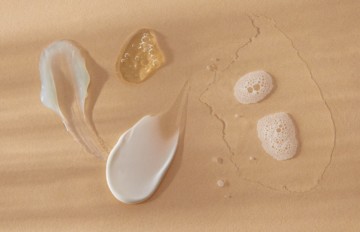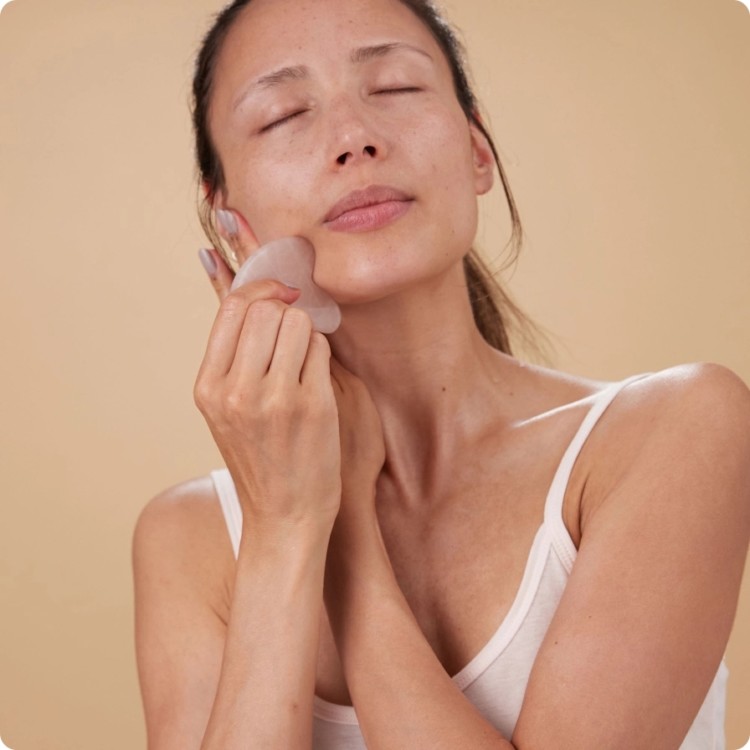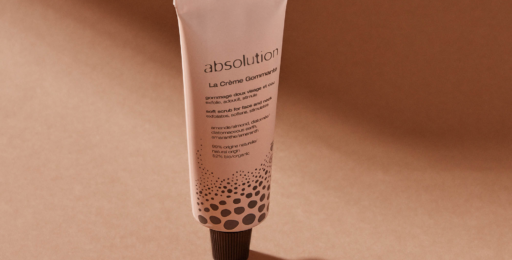
The benefits of Safflower Oil for the skin
The benefits of Safflower Oil for the skin and the face
Safflower Oil comes from the safflower plant, which is also known as “false saffron” or “dyer’s saffron.” The color of its flowers is similar to that of the famous spice, while its petals can be used to produce a dye. This light, fluid oil makes an excellent ingredient in skincare products for mature, sensitive and irritated skin, and has many benefits when applied to the face.

What is Safflower Oil?
Safflower Oil is extracted from the seeds of an oil seed plant that looks much like a thistle and is obtained by cold pressing – a technique that preserves all of the oil’s properties. It can be used as a cooking oil and is easily recognizable by its yellow or amber color, reminiscent of saffron. Particularly rich in omega-6 fatty acids, Vitamin E and Vitamin K, Safflower Oil’s uses go beyond the kitchen, as it can also be applied on the face and body, and even the hair and scalp.
The pro-aging properties of Safflower Oil
Safflower Oil is known for its benefits for mature and irritated skin. It’s rich in two fatty acids (omega-6, also called linoleic acid, and omega-9, also called oleic acid), which enable it to promote skin cell renewal. The Vitamin E in Safflower Oil complements the action of these fatty acids, while also providing antioxidant properties. Another, less well-known constituent of Safflower Oil is its serotonin derivatives – molecules that are essential for the body to function properly, and which also play a role in slowing down skin aging. All these components give Safflower Oil repairing properties, which are particularly beneficial for skin that’s mature or weakened by environmental aggressors.

Deeply nourish with Safflower Oil
Because it’s rich in unsaturated fatty acids, Safflower Oil is particularly effective at preventing skin dryness. It sinks into the skin easily and has an instant soothing effect. Its benefits enable it to support the skin’s natural ecosystem by strengthening the skin barrier and helping to prevent daily moisture loss. So it’s no surprise that Safflower Oil is often recommended for dry or very dry skin, as well as dehydrated skin, as it helps to hold in moisture.
The circulation-boosting properties of Safflower Oil
Safflower Oil has a high Vitamin K content, which gives it the ability to promote blood circulation. When applied to the face, it can help with blood clotting, and it can also strengthen blood vessels. This explains why it’s recommended for skin that suffers from redness or rosacea.
How should you use Safflower Oil?
There are lots of different ways to use Safflower Oil. You can use it pure, applying it directly to the skin, and you can also mix it with certain essential oils, chosen according to your skin’s needs.
At Absolution, we’ve incorporated this oil into the formula of our gentle body scrub, Le Gommage Corps Eclat, which is made with nothing but naturally derived ingredients. The benefits of Safflower Oil are combined with those of Meadowsweet, which promotes drainage and soothes, and volcanic Rhyolite, which exfoliates. The result is a body scrub that both nourishes and repairs the skin, while deeply cleansing it too. Le Gommage Corps Eclat can be used once a week. It effectively exfoliates, but also has a calming effect.
We’ve talked about using it on the skin, but did you know that Safflower Oil can be used on the hair as well? It’s often recommended for use on dry, brittle hair and can help to prevent hair loss when used regularly to massage the scalp.
What precautions should be taken when using Safflower Oil
Safflower Oil should not be used by children or pregnant women, or anyone taking an anticoagulant or antiplatelet treatment. If you have any doubts, don’t hesitate to ask the advice of a health professional.

























